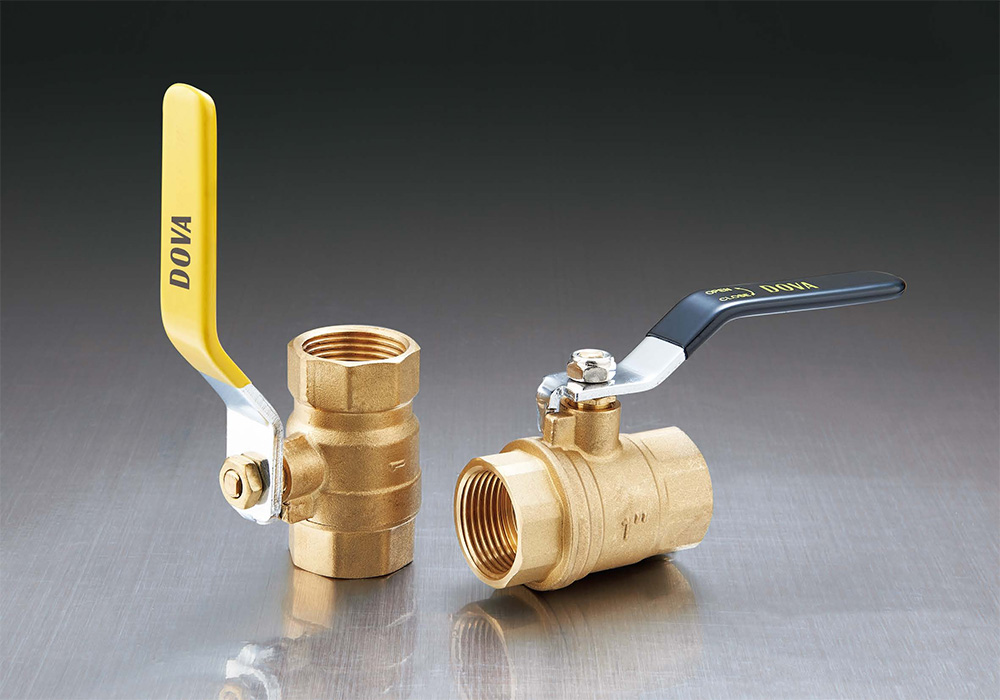2025-05-26
A Brass Mini Ball Valve is a compact valve designed to control the flow of fluid through a pipe system. It features a spherical ball with a hole or port through the center that rotates to either block or allow flow. When the valve is open, the hole in the ball aligns with the pipe's passage, allowing fluid to flow. When the valve is closed, the ball rotates to block the passage, stopping the flow of fluid.

Although small in size, Brass Mini Ball Valves are widely used due to their simplicity, durability, and effectiveness in controlling the flow of fluids or gases. These valves are typically employed in residential plumbing, industrial systems, and various mechanical applications, where space constraints and efficiency are important considerations.
One of the key factors driving the technology revolution in Brass Mini Ball Valves is the improvement in the materials used in their construction. Traditionally, these valves were made entirely from brass, which offered good resistance to corrosion and wear. However, advancements in material science have led to the incorporation of other materials to enhance performance and increase longevity.
Modern Brass Mini Ball Valves often feature coatings or are combined with other materials such as stainless steel, ceramic, or polymer components to improve their resistance to corrosion, abrasion, and unusual temperatures. These material enhancements ensure that Brass Mini Ball Valves perform well even in harsh environments, such as chemical processing plants, water treatment systems, or high-temperature applications. The ability to resist corrosion and wear increases the valve's lifespan and reduces maintenance costs.
As industries demand more compact and efficient systems, the need for smaller, more precise components has grown. Brass Mini Ball Valves have adapted to this need through advancements in precision manufacturing techniques. Modern machining processes, such as CNC (Computer Numerical Control) machining and laser cutting, have enabled manufacturers to create valves with tighter tolerances and more intricate designs.
This precision manufacturing has allowed the Brass Mini Ball Valve to become smaller in size without compromising on performance. As a result, these valves can now be used in applications where space is limited, such as in medical equipment, small appliances, and advanced automotive systems. The miniaturization of Brass Mini Ball Valves opens up new possibilities for their integration into compact, high-performance systems.
The sealing mechanism within a Brass Mini Ball Valve is crucial to its ability to shut off fluid flow effectively. Over the years, the technology behind valve seals has improved significantly. The introduction of advanced sealing materials, such as PTFE (polytetrafluoroethylene) and other synthetic elastomers, has led to enhanced performance in terms of leak prevention and operational efficiency.
These advanced seals not only prevent leaks but also reduce the amount of wear and tear on the valve components, increasing the overall durability of the Brass Mini Ball Valve. In addition, improved sealing materials can handle a broader range of temperatures, pressures, and chemical environments, making the valve suitable for more specialized and demanding applications.
Another area where the technology revolution of Brass Mini Ball Valves has made significant strides is in actuation mechanisms. Traditionally, Brass Mini Ball Valves were manually operated, requiring a lever or handle to turn the valve and control flow. While manual operation is still common in some applications, automation and remote control technology have opened new opportunities for Brass Mini Ball Valves.
Modern Brass Mini Ball Valves can be equipped with electronic actuators that allow for automated operation. These actuators can be controlled remotely via digital systems or integrated into more complex automation systems, such as those found in manufacturing or HVAC systems. The ability to automate the operation of Brass Mini Ball Valves improves system efficiency, reduces the risk of human error, and provides greater flexibility in managing fluid flow.